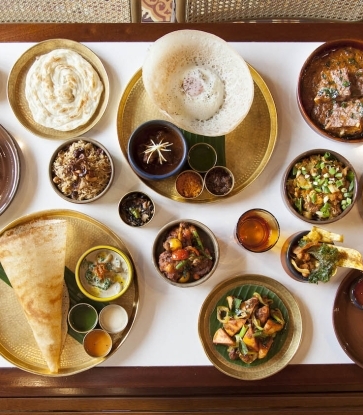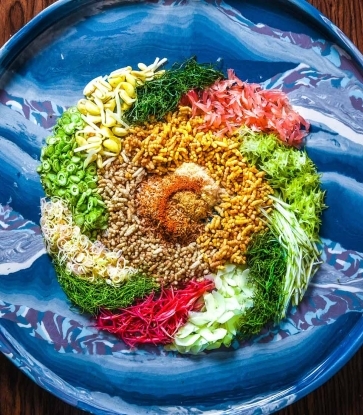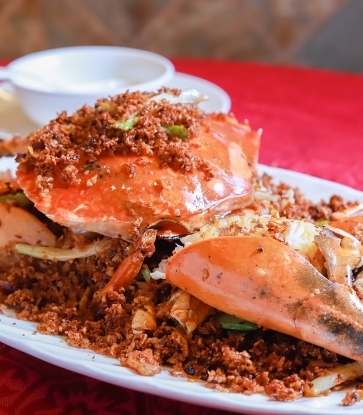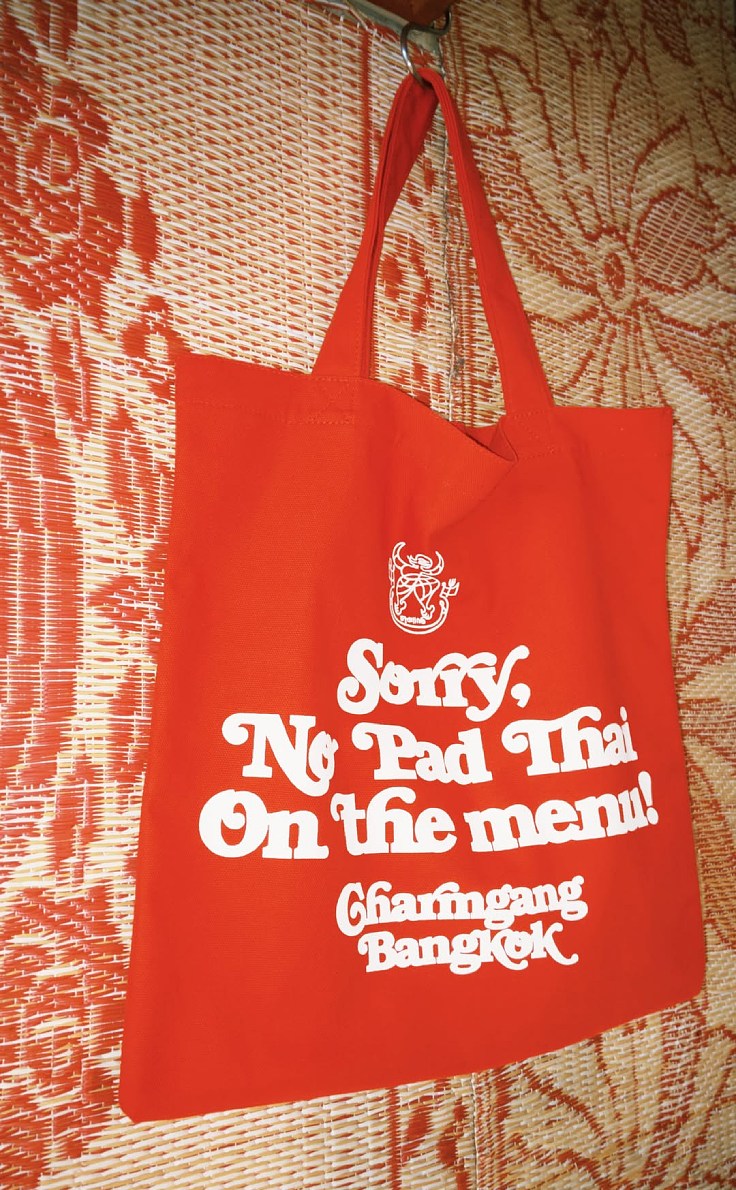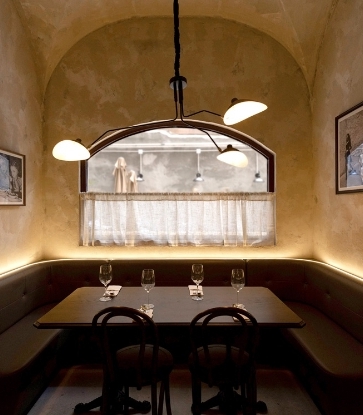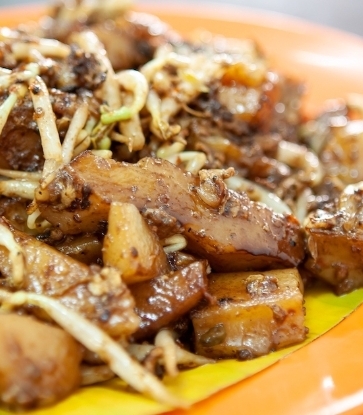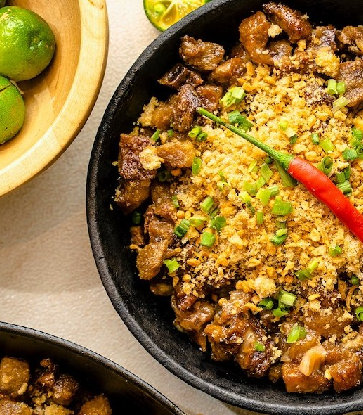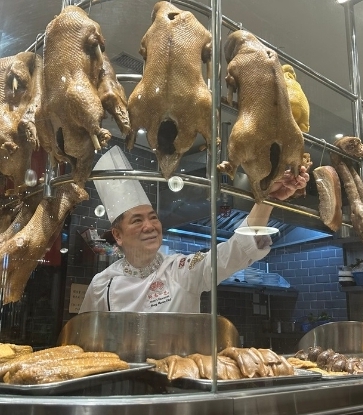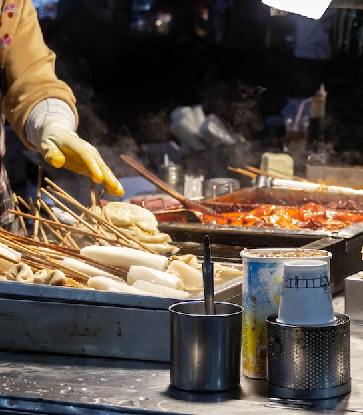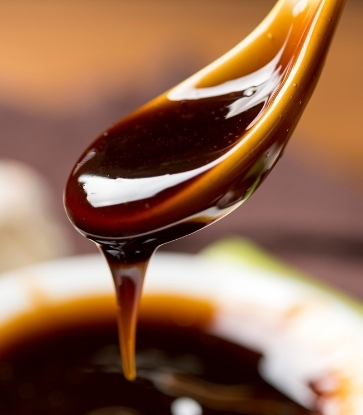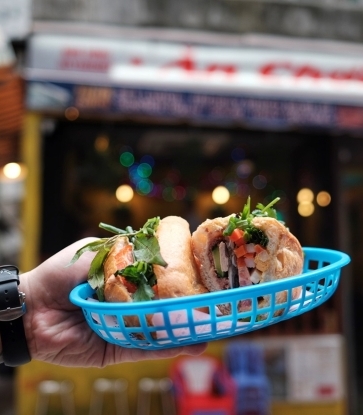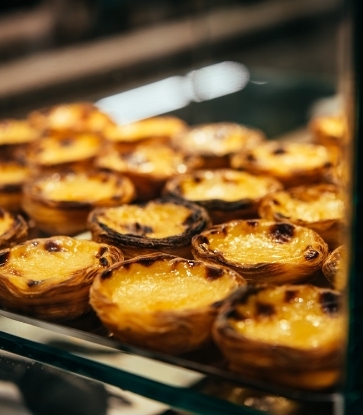To walk the streets of Hong Kong is to be accompanied by a familiar, savory aroma. It’s the scent of curry sauce, emanating from cart noodle shops, convenience stores and dedicated snack stalls, all paying homage to one of the city’s most iconic street foods: the fish ball. More than just a snack, these bouncy, flavorful spheres are a staple of daily life, a must-eat for every visitor and an affordable, comforting bite for millions.
The history of the fish ball
The story of the Hong Kong fish ball is one of evolution and ingenious fusion. While fish balls have roots in Chiu Chow (Teochew) cuisine, where they were traditionally served boiled and white in a light broth, their iconic status was forged in the post-war era of the 1950s and 60s. This period saw local hawkers innovate by frying the fish balls and serving them with a spicy curry sauce — an ingredient introduced to the city by Indian traders during the British colonial period. This flavorful combination transformed it into the beloved street snack known today.
The booming hawker cart scene not only provided exciting new flavors but also became a vital economic lifeline, offering jobs to new immigrants and symbolizing the city’s resilient and diverse economy. The industry became more sophisticated over time, with pioneers like Four Seas Fish Balls obtaining the first manufacturing license in 1977 and inventing machines to move from family workshops to mass production.
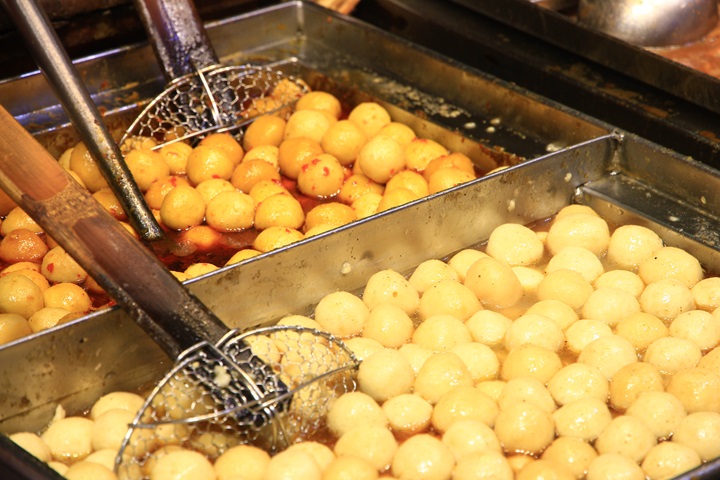
One fish ball, many flavors
The magic of a true Hong Kong fish ball lies in its texture — a characteristic springy, bouncy bite known as dan ah. This is achieved through the development of myosin, a protein released by vigorously stirring and mixing the fish paste until it breaks down and gels into an emulsified consistency. According to local fish ball manufacturer, Kau Kee, the fish used are typically local catches, such as golden threadfin bream, bigeye snapper, yellowtail scad, hairtail and lizardfish. Some variations may even include chenpi (sun-dried mandarin peel) for a subtle, complex aroma.
Another key factor is the sauce. While only a few local manufacturers make the fish balls themselves, the true variation — and the reason you will never tire of this snack — lies in the sauce. Each stall boasts its own unique and fiercely guarded recipe, creating an endless spectrum of flavors. The base of this iconic curry sauce typically consists of curry powder, shacha sauce, ground bean paste, garlic and ginger, but the precise ratios and secret additions are what define a stall’s identity. This means every vendor offers a distinct experience, and every Hong Konger has their own favorite version of the fish ball.
How Hong Kong fish balls are unique
The texture, ingredients, preparation and eating method sets Hong Kong fish balls apart from the numerous other fish-based products in the region.
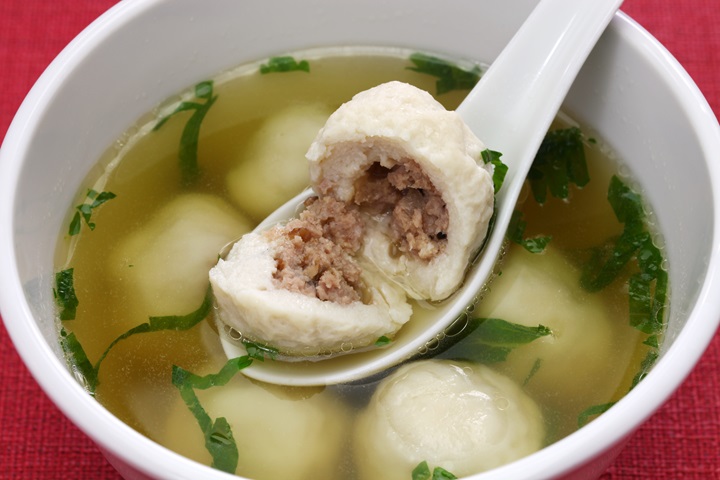
The most direct comparison is with Fuzhou fish balls from Fujian province. Fuzhou-style fish balls are celebrated for their savory, juicy pork filling. They are typically larger, served in a clear broth and prized for the burst of flavor from the pork core. Hong Kong fish balls, by contrast, are almost always solid, homogenous spheres.
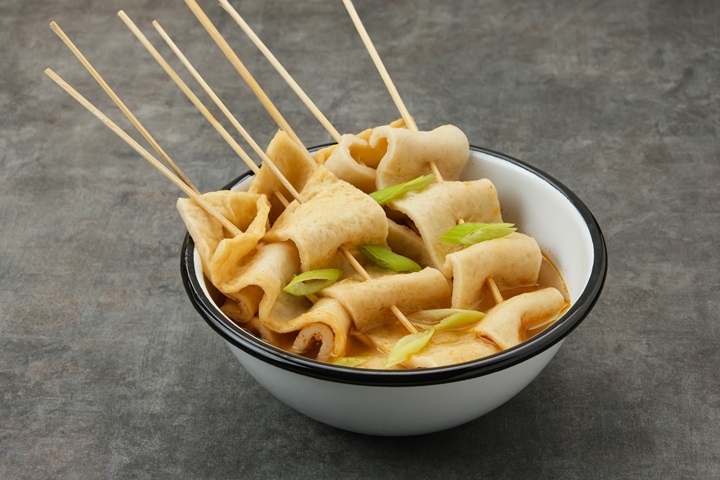
Compared to Korean eomuk, which are flatter, simmered in broth and mild in taste, or Japanese kamaboko, which are steamed, sliced and delicately sweet, Hong Kong fish balls are chewier in texture and bolder in taste.
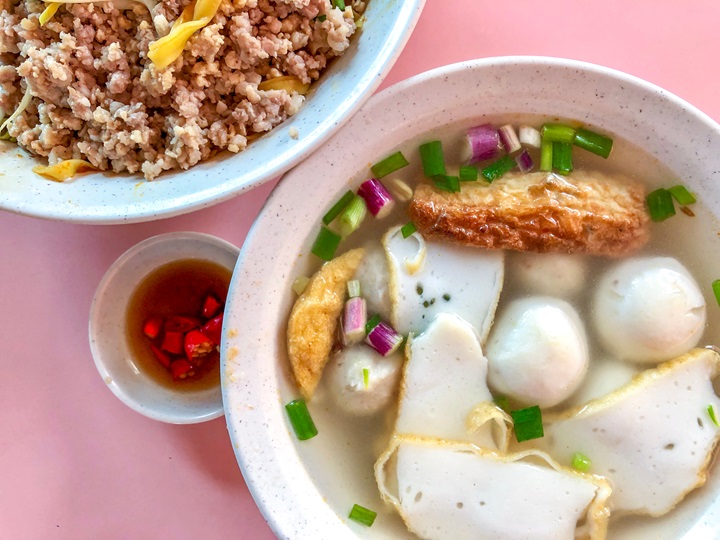
Taiwanese fish balls can be somewhat similar, though they tend to be softer and are often served in soups or noodle dishes. Singapore’s fish balls share the Teochew heritage, but their choice of fish is usually yellowtail fusilier, wolf herring or Spanish mackerel.
What truly defines the Hong Kong fish ball is how they’re eaten: skewered and drenched in a rich, aromatic sauce. The experience is tactile and immediate — sauce drips on the pavement as you hold the skewer, using your teeth to pull the fish ball free. This style makes for a handheld, saucy and unforgettable taste of the city’s spirit.
Where to find the perfect Hong Kong fish ball
With such a variety of fish balls and sauces, this humble snack offers endless discovery. Fortunately, Hong Kong’s MICHELIN-recognized eateries provide a guide to the best of both tradition and innovation.
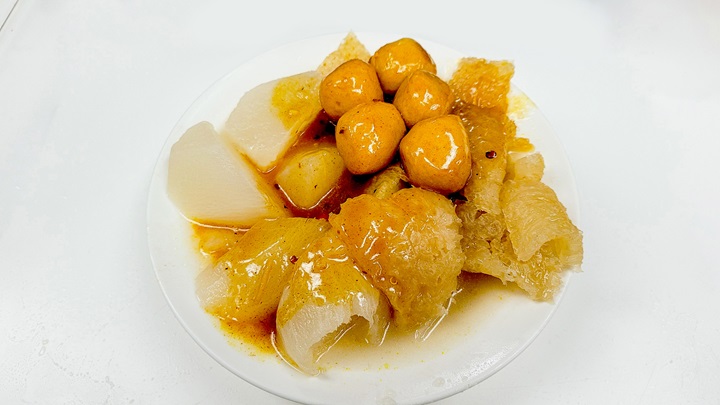
For a classic experience, Hop Yik Tai in Sham Shui Po remains a destination for traditional curry fish balls, served alongside a full menu of street stall classics like pork rind, braised radish, siu mai, and their most popular, steamed rice rolls.
RELATED: The Ultimate Guide to Sham Shui Po: Where to Eat, Stay, and Shop
A short walk away is Kung Wo Beancurd Factory. While famed for its homemade tofu, the shop also serves excellent traditional curry fish balls and jumbo fish balls — a larger, golf-ball-sized variety with a notably softer texture, often associated with Cheung Chau.
RELATED: Two Chefs/One Ingredient: How Hong Kong’s Soy Story Blends Tradition and Innovation
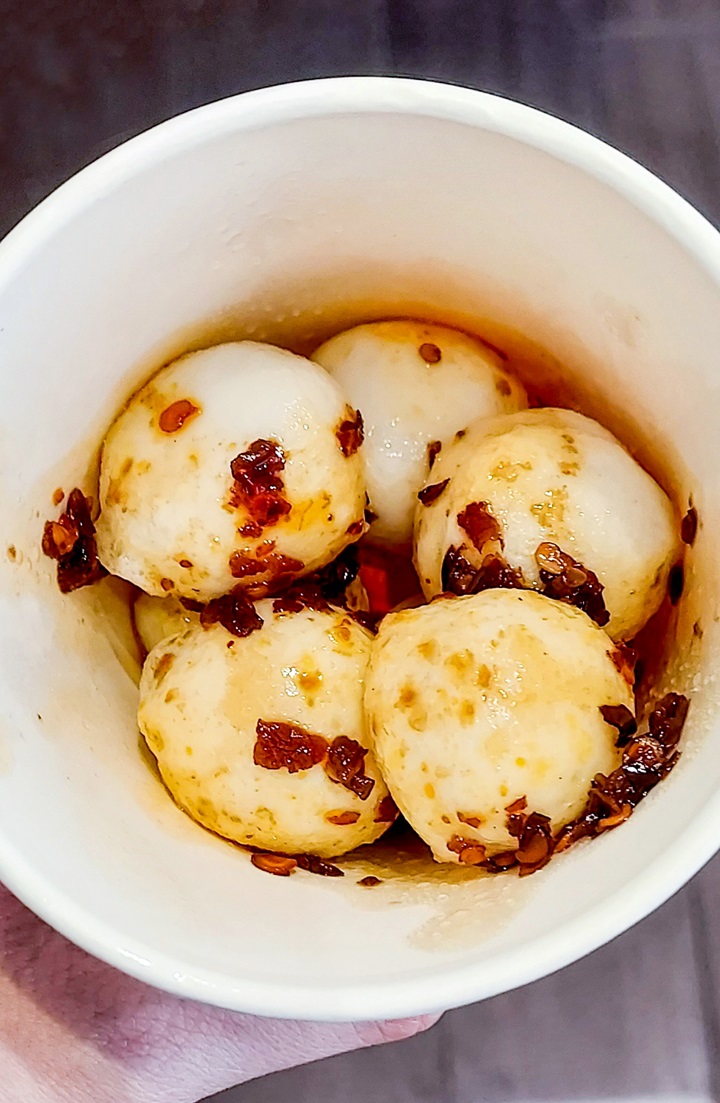
Over in To Kwa Wan, Fishball Man (To Kwa Wan) showcases the fish ball’s versatility. Alongside its classic Hong Kong-style curry fish balls, it serves an exceptional Teochew-style white fish ball — springy and flavorful, finished with a drizzle of spicy chili oil. (Right image©MICHELIN)
At Man Kee Cart Noodle, the fish ball is a must-have component in the quintessential cart noodle experience, famously served in a curry quartet, composed of radish, pork rind, pig blood curd and fish balls. This association is deeply rooted in history, as both cart noodles and curry fish balls surged in popularity during the post-war era of the 1950s, initially sold through independent street vendors operating from mobile carts on roadsides and in the public housing estates.
Beyond the traditional, chefs are also offering creative riffs on the form. Chiu Ka Banquet elevates the concept with a Bib-Gourmand-worthy salt and pepper fish ball dish, combining classic Teochew fish balls with iconic Cantonese stir-fry seasoning. At Bib Gourmand noodle joint Tsim Chai Kee (Wellington Street), the focus is on fresh minced dace balls, offering a distinctly different flavor but equally cherished texture.
RELATED: 2 Days in Central Hong Kong for Food and Art Lovers
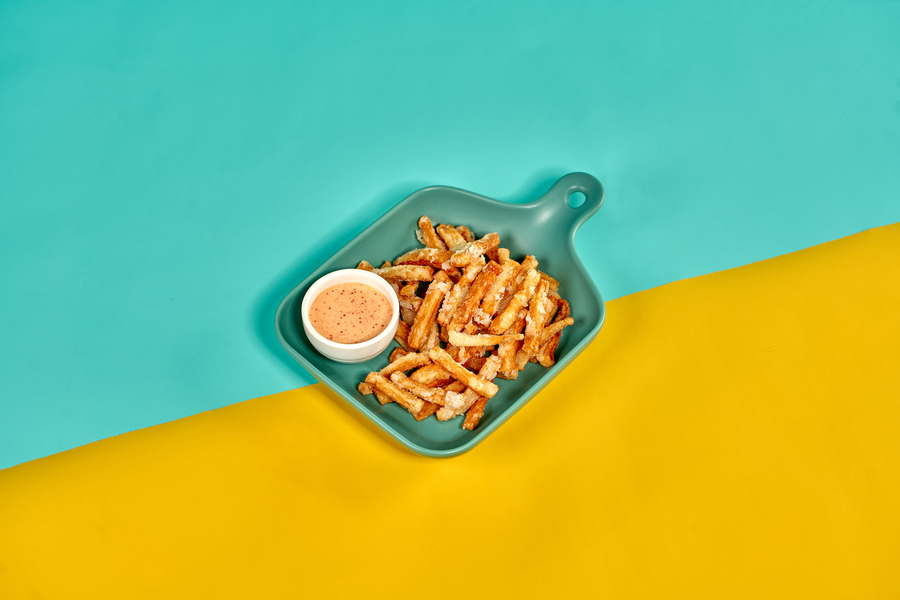
Perhaps the most innovative take is found at Fisholic (North Point), a Bib Gourmand spot that deconstructs the fish ball entirely. Their "fish as chips" — French fries made from fish — noodles and risotto are made in-house with a fresh fish mix, creating health-conscious, modern dishes where the fish content exceeds 90%, proving that the humble fish ball still has new stories to tell.
In the end, the true story of the Hong Kong fish ball isn’t captured in a factory or a recipe book. It’s found in the rhythm of daily life: the quick snack after school, the late-night bite after work, the familiar taste that has been a constant for decades. Its perfection lies in the messy experience — the satisfying bounce of the bite, the slow burn of the curry and the distinctive splash of sauce on the pavement (or on your white shirt). This is a food that proudly refuses to be fancy, and that authenticity is exactly why it endures.
Further Reading: Best Char Siu in Hong Kong



